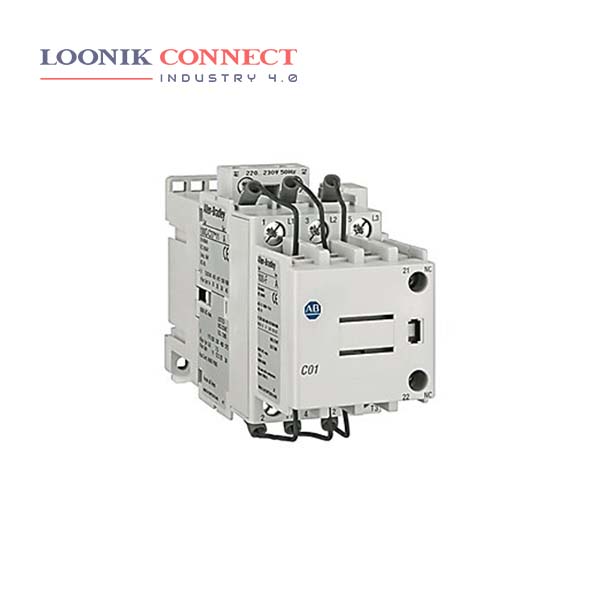Rockwell Automation’s Bulletin 100Q Capacitor-switching Contactors are specifically designed for the purpose of switching banks of capacitors. These contactors offer a reliable and efficient solution for capacitor switching applications. One notable feature of the 100Q contactors is the inclusion of front-mounted resistor elements. These resistor elements serve the purpose of limiting severe high inrush currents, which helps reduce stress on both the contactors and the capacitors. This feature ensures smooth and controlled switching, prolonging the lifespan of the components involved. The contactors are compact in size, allowing for space-efficient installation and minimizing the footprint required for capacitor switching setups. This compact design contributes to overall system efficiency and cost-effectiveness.
Each contactor includes two auxiliary contacts and early-make contacts with resistors. These additional contacts provide enhanced functionality and flexibility in various control and monitoring applications. The contactors support both AC and DC coil control, offering compatibility with different power supply configurations. This versatility ensures wide applicability across different electrical systems. For ease of installation, the contactors can be mounted either on panels or on 35 mm DIN rails, providing flexible mounting options to suit different installation requirements.
Rockwell Automation places importance on using environmentally friendly materials in the manufacturing of their products. As such, the Bulletin 100Q Capacitor-switching Contactors are designed with materials that meet environmental standards and contribute to sustainable practices. In summary, the Bulletin 100Q Capacitor-switching Contactors from Rockwell Automation offer compact sizes, include auxiliary contacts and early-make contacts with resistors, limit high inrush currents, support both AC and DC coil control, provide reversible coil terminals, can be panel-mounted or DIN Rail-mounted, and are designed with environmentally friendly materials. These features make them a reliable, efficient, and cost-effective solution for switching banks of capacitors.










